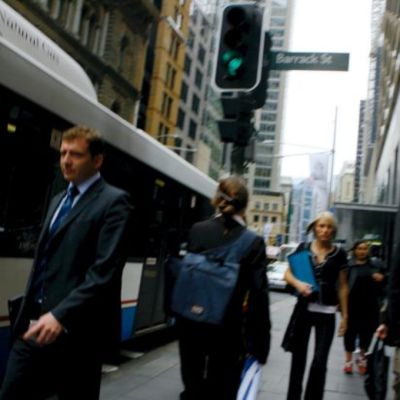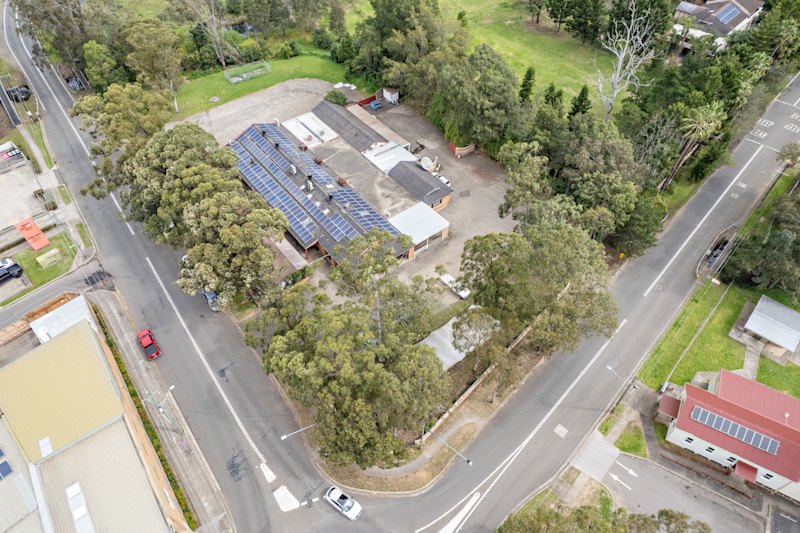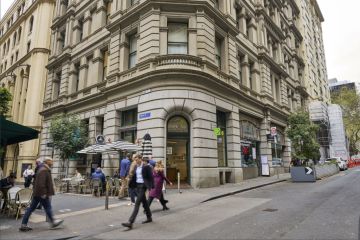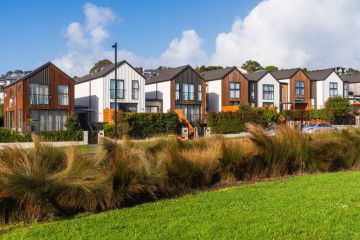Sydney to be 'more like Tokyo' under UDIA proposal
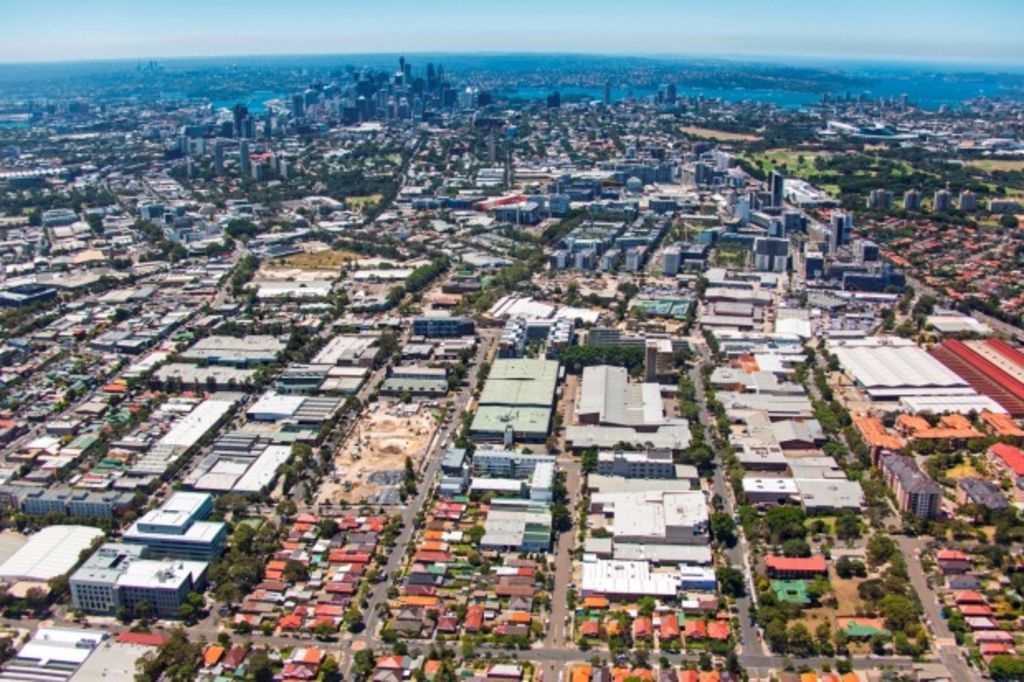
The solution to Sydney’s congestion and affordability woes is to be more like Tokyo, according to a new proposal.
By creating multiple centres across Sydney – connected to the main CBD but operating as their own employment and entertainment hubs – the main gripes of many residents could be fixed, the Urban Development Institute Australia (UDIA) NSW announced on Tuesday.
Under the new plan Sydney “would be more like Tokyo – with many centres rather than one”, UDIA NSW chief executive Stephen Albin said.
The ambitious proposal is described as ‘polycentrism’ by planning firm MacroPlan Dimasi who are working with the UDIA as part of a wider project called City Life.
It also ties into the government’s Smart Cities proposal, Mr Albin said.
“If you look at Tokyo it’s not all tall buildings, it’s three- to four-storey walk-ups. We’re not talking about mega-buildings across Sydney.”
The research cited the 2016 Demographia survey, which found Sydney was the second most unaffordable city in the world. The same survey said Tokyo had some of the most affordable properties for a megacity.
Tokyo’s population is more than 13 million people, while Sydney is home to about five million. An extra 1.6 million people are expected to live in Sydney by 2030.
But polycentrism and achieving the affordability outcomes seen in Tokyo is no quick fix.
“This will take decades, but we need to start as soon as we can,” Mr Albin said.
“It’s the responsibility of the community and private sector to start this as soon as the technology is available,” he said.
 Moving away from a monocentric model to a polycentric, urban village approach. Photo: UDIA NSW
Moving away from a monocentric model to a polycentric, urban village approach. Photo: UDIA NSW
Pitching the polycentrism research idea on Tuesday, MacroPlan Dimasi’s Brian Haratsis said the polycentrism idea wasn’t a “new” concept and had been unsuccessfully raised since the mid-1990s.
“We looked at the issue of middle income housing affordability and what we really focused on was how … Sydney is getting less affordable,” Mr Haratsis said.
“In the 1980s … [the] difference between living on the fringe 50 kilometres away and living in town wasn’t a lot in terms of the value of the dwelling … in 2009/2010, the difference in value was very substantial,” he said.
The first stage of the research will be to identify obstacles in attitudes and regulations that need to be addressed, while the second stage will look at changes in technology.
Urban Taskforce chief executive Chris Johnson said Sydney was starting to move into a polycentric phase with a hierarchy of three types of cities emerging.
This included CBD centres, such as Sydney CBD, North Sydney and Parramatta; regional cities, such as Liverpool, Penrith and Blacktown; and major centres, such as Chatswood, Sutherland, Campbelltown and Hornsby.
“What is needed is to get jobs to become polycentric and not only focused in the Sydney CBD … ultimately Sydney will need around 20 jobs centres outside the Sydney CBD,” Mr Johnson said.
Job centres such as Macquarie Park, Norwest, Penrith, Liverpool, Bankstown, Rouse Hill and Parramatta are developing, with more to come including at the Badgerys Creek airport, he said.
“The big plus for Sydney in having 20 or so major centres will be to refocus travel into each of these centres rather than to the Sydney CBD,” he said.
These 20 mini-cities would have catchments of around 250,000 people each as Sydney approaches a population of five million people.
“The 20 major centres should all be on a metro rail system ensuring commuters a non-car way to travel to and from work with most hopefully working in the closest major centre,” he said.
But a polycentric approach would require the “incentive and cooperation of industry groups, business and government” to be successful, SQM Research managing director Louis Christopher said.
“And some good infrastructure to assist would go a long way,” he said.
“In a way, Parramatta has proven this concept does work … government greatly assisted in this example by having many departments uproot out of the CBD and reside there.”
We recommend
We thought you might like
States
Capital Cities
Capital Cities - Rentals
Popular Areas
Allhomes
More
